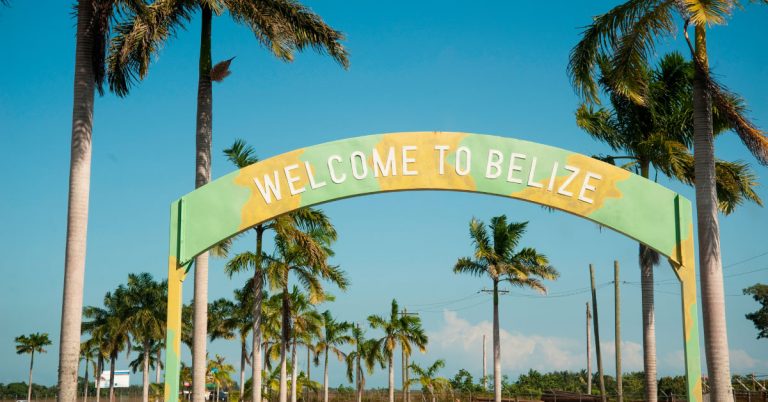
Belize has always been a haven for those fleeing any type of adversity; a welcoming place of refuge and safety. Besides the Colonials who came to seek fortunes with our natural resources, many have sought sanctuary in Belize for a chance at a better life. We are a democratic English-speaking country and, unlike our Central American neighbors, have not experienced political violence in recent years. Belize has been a safe haven before, but what about now? Our collective action can ensure a secure future.
A Little History
Of course, the ancient Maya were here for centuries. In the 17th and 18th centuries, Spanish conquistadors explored the New World. Pirates from all over the Caribbean sought to plunder these ships. Both north and south of our coastline is peppered with inlets, bights and coves just right for hiding their spoils, sometimes assimilating or fathering children with local women. After the South lost the American Civil War in 1865, they came to British Honduras on steamships and settled in Orange Walk and Toledo, mainly working sugar plantations.
Shortly after, the states of Quintana Roo and Yucatan experienced the Guerra de Castas, the Caste War between the classes of Spaniards and Mestizos. Many fled across their southern border to Belize and became part of the labor force. They later established themselves as leaders and developing stable communities of Mestizos.
Belize’s Melting Pot of Culture through Immigration
During the logwood and chicle boom, East Indians were bought to labor in the camps and helped provide food for the laborers. They were under contract as indentured workers for a specific period of time; when their contracts were up, they also remained.
Our Garifuna people hail from the Island of St. Vincent, a group descended from the Arawak Indians, who inhabited this northern tip of South America. They too, were driven out and came to our southern shores in dug-out canoes to seek freedom of expression. Belize would never be the same, with gratitude to the priceless addition of culture, history, cuisine, and art.
Also seeking religious freedom were the Mennonites. In the early 1960s, this Protestant Sect from Germany who first migrated to Canada, then Mexico, came to Belize. With them, their conservative ways and skilled farming in agriculture, dairy, and poultry. Today, Mennonites continue to uphold their traditional customs, undisturbed.
The late 70’s and early 80’s was a time of violence and upheaval throughout Central America. Hondurans, Guatemalans, and Salvadorians came to Belize by the thousands. Embraced in our communities, major settlements can still be seen today, like Salvapan, Valley of Peace, Armenia, and more.
Not to mention, Belize’s close diplomatic ties with with the People’s Republic of China – Taiwan started in the 1980s, Then, thousands of Taiwanese emigrated to Belize for a chance to acquire land and enjoy wide-open spaces, uncommon in their own country. Together, we make up Belize’s unique tapestry as Belizeans.
Belize: The End of the Earth
You might as well ask why an English writer, who wrote the novel Brave New World, is relevant to an article about Belize. “If the world had any ends,” Aldous Huxley wrote in 1934, Belize — then known as British Honduras— “would certainly be one of them.” His book, Brave New World, was a fictional, dystopian (imagined/futuristic) where we’d lose our individuality to a technology addiction. Not to mention, an abuse of natural resources and pollution. Have these theories proved prophetic? Today, while history is being made, we reflect that Belize is still that safe haven. It’s up to us, everyday, to ensure our collective future. In the past, it was collective actions, like voting no to offshore oil exploration in Belize. Today, it’s practicing social distancing and self-isolation. Together, ensuring Belize remains that safe haven.